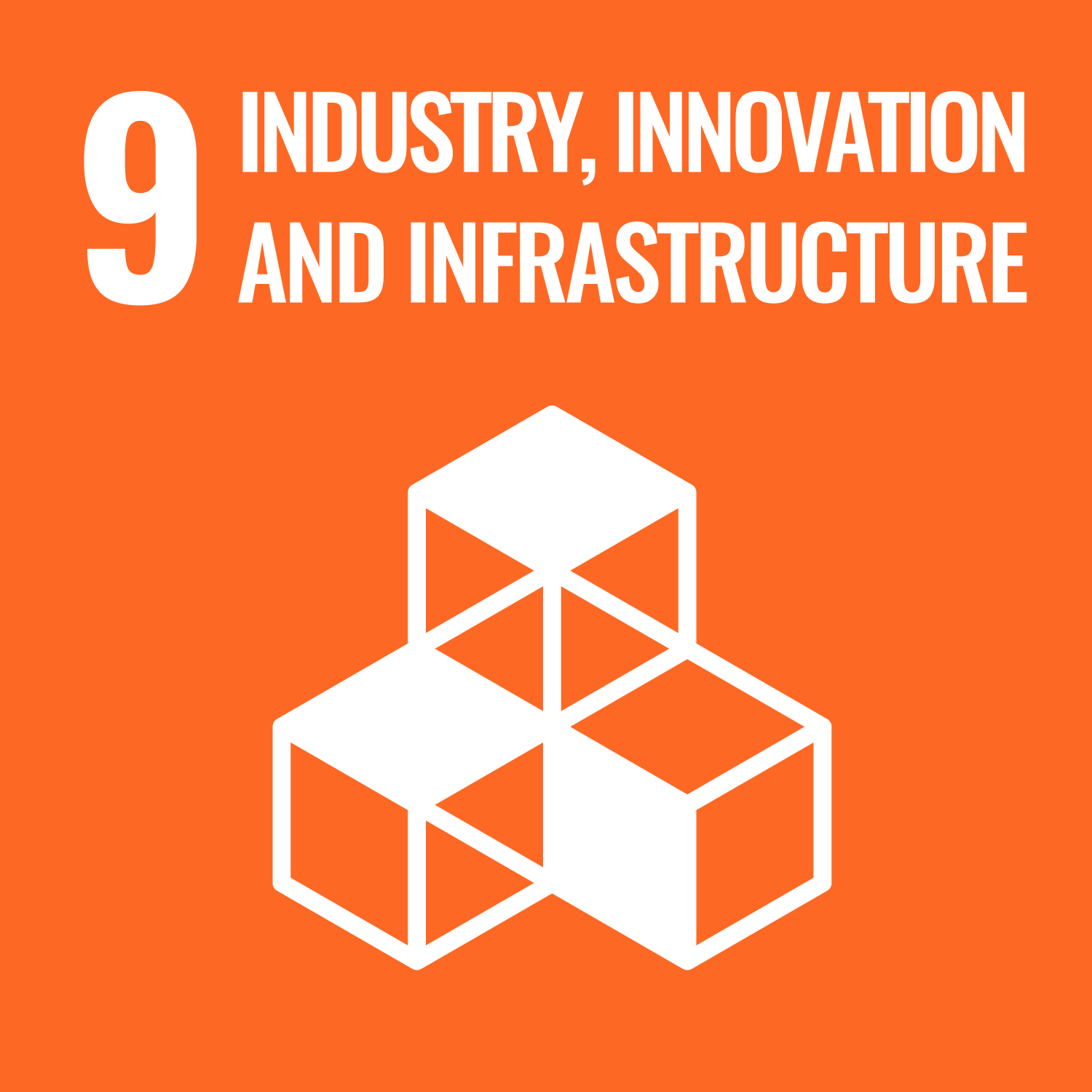2.0
Material & Resource
Management
Sustainable material and resource management involves evaluating products and services in use at our airports. It also involves processes and systems that reduce ecological footprint and maximize social benefit. Managing resources and materials appropriately requires us to:
Understand the lifecycle of goods and services;
Reduce material consumption; and
Procure responsibly.

Applicable United Nations (UN) Sustainable Development Goals (SDGs)
By 2030, achieve sustainable management and efficient use of natural resources (12.2)
By 2020, achieve the environmentally sound management of chemicals and all wastes throughout their life cycle, in accordance with agreed international frameworks, and significantly reduce their release to air, water and soil in order to minimize their adverse impacts on human health and the environment (12.4)
By 2030, substantially reduce waste generation through prevention, reduction, recycling and reuse (12.5)
Encourage companies, especially large and transnational companies, to adopt sustainable practices and to integrate sustainability information into their reporting cycle (12.6)
Promote public procurement practices that are sustainable, in accordance with national policies and priorities (12.7)
Develop quality, reliable, sustainable and resilient infrastructure, including regional and transborder infrastructure, to support economic development and human well-being, with a focus on affordable and equitable access for all (9.1)
By 2030, upgrade infrastructure and retrofit industries to make them sustainable, with increased resource-use efficiency and greater adoption of clean and environmentally sound technologies and industrial processes, with all countries acting in accordance with their respective capabilities (9.4)
2.1
Financial Investment and Supply Chain Decisions
Minimize Ecological Footprint, Costs, and Advance Social Equity
The United Nations and consumers alike are demanding corporations take ownership and accountability for the procurement and supply chain decisions that impact the environment and social equality. YYC’s governance model has a strict framework in which supply chain decisions and approvals are made, providing the checks and balances that will support all members of our organization with conducting sustainable procurement. The airport has also implemented a sustainability screening framework within the project approval process that identifies opportunities within capital projects and major operational initiatives to incorporate the key goals of this strategy into corporate decision-making. Over the next five years, YYC will be setting specific goals and targets around sustainable supply chain decisions.
Tactics
To see progress in this area, YYC must not only incorporate sustainability into supply chain decisions but also encourage our partners and suppliers to do the same. Supply chain decisions need to consider social and environmental impacts, along with financial considerations. In 2022, YYC had over 1000 suppliers, 880 of which were local (Canadian). YYC will be incorporating sustainability criteria into the operations procurement process and into the planning and procurement stages of all major projects.
-
A circular economy is a model of production and consumption that refurbishes, reuses and recycles existing products. YYC is developing policies, standards and procedures that will drive sustainable procurement. A life-cycle analysis will help YYC identify and evaluate the environmental impacts of an asset’s raw material, production, transportation, usage and disposal. YYC plans to take a circular economy approach to supply chain decisions that will close the loop on a product lifecycle by replacing the disposal stage of an asset with a recycling or reuse stage
-
As YYC continues to grow and develop, the need for sustainable, resilient and equitable development of our lands and facilities will be a critical opportunity to achieve our sustainability goals. YYC has incorporated sustainable criteria into the project planning process through sustainability frameworks like Envision and LEED. Sustainability will also be a prominent aspect in our upcoming 10-year master plan, to be released in 2024
2.2
Safe Material Handling
In line with the Calgary Airport Authority's mandate to run a safe, secure and efficient airport, proper procedures and training need to be in place for the handling, movement and storage of hazardous materials that are part of the day-to-day operations of an airport. Safe material handling is a critical element of pollution prevention and occupational health and safety.
Airport Hazardous Materials
Our tenants, airport partners and the Airport Authority all manage hazardous materials for various purposes. These products are transported through our campus through cargo and logistics businesses, used for aircraft and equipment maintenance, and employed in construction projects. The airport community at YYC also has the largest fuel dispensing system in Alberta, with air operators using approximately 644 million L of jet fuel, on average, per year. The Calgary Airport Authority itself is responsible for about 800,000 L of fuel (diesel and gasoline) consumption per year. Our chemical product inventory has approximately 97 distinct non-fuel hazardous products, present in volumes ranging from less than 1 L to 90,000 L.
For the Calgary Airport Authority, the top five hazardous materials by quantity within our control at YYC are:
Aqueous Film Forming Foam
Spill cleanup materials
Airfield anti-icing and de-icing chemicals
Airfield paint
Petroleum products
Safe material handling requires a multi-facetted approach that focuses on firstly minimizing the use of materials wherever possible, followed by engineering controls to protect people and the environment, then administrative controls and finally, having the right protective equipment and emergency response supplies. All this needs to be backstopped with the right policies and standards, inspection and audit processes, and training. Many of these aspects are addressed through YYC’s rigorous occupational health and safety standards, our internal safety programs and contractor safety program. That said, there is always opportunity to improve standards, procedures, training, reporting and decision-making regarding the procurement and disposal of hazardous materials. Through 2026, YYC will be focused on continuous improvement in the following areas:
Tactics
-
YYC will continue to work with our partners to build out standards and policies that will help to improve hazardous material management
-
This tactic includes substitution and minimization of hazardous material use which will reduce the generation of hazardous waste.
-
This tactic is about reviewing and addressing risks related to infrastructure, processes and information systems used for hazardous materials and their associated assets, with a key focus being hazardous waste handling. This also includes improving access to training and understanding of hazardous materials throughout the airport community, beyond just the airport authority
2.3
Waste Reduction and Diversion
The Calgary Airport Authority understands the impacts that landfill waste has on the environment and is committed to achieving zero waste by 2050. A zero waste target is also a crucial component to reducing Greenhouse Gas emissions and the environmental footprint of our supply chain. The airport's short term goal is to reduce the percentage of landfill waste by 58% over 2018 numbers.
| 2050 Goal | 2026 Goal |
|---|---|
| Achieve zero waste | Achieve a landfill diversion rate of 0.32 or lower by 2026 (58% reduction over 2018) |
Our waste metrics have been incorporated in the corporate sustainability KPI and focus on the percentage of waste being diverted from the landfill. International waste is included in our reporting as landfill waste and is about 22% of the airport community’s total waste. We also include all other sources of domestic waste, including hazardous waste streams.

Airport Community Waste Profile
The airport must follow strict federal regulations when it comes to disposing of international waste (refuge that is collected from planes originating from a country outside of Canada). 22% of the airport community’s waste falls into this category and, according to federal regulations, must be incinerated or disposed of in certain areas in the landfill and cannot be recycled or composted. The dashboard below provides a breakdown of the airports’ waste streams over the last four years.
Pre-pandemic, the airport saw an average of over 3,000 metric tonnes of total waste, with 50% of domestic (e.g., non-international) waste deposited in the landfill. The dashboard below shows YYC’s landfill rate in comparison to the total amount of waste generated at the airport. Although our landfill rate has hovered around 80% for the last 4 years (note: this includes international waste that must be disposed of in the landfill), the amount of landfill waste generated at the airport declined by over 60% in 2020 due, in large part, to the COVID-19 pandemic.
Tactics
While the minimization of waste and improved diversion begins with procurement decisions, there are important tactics that YYC can implement to encourage consumption-related behavioural change. This includes incentives to encourage the use of non-disposable materials followed by the policies and standards that retailers could follow to improve the types of disposable products they are selling. In 2024, the Airport Authority developed a comprehensive Zero Waste Strategy. Our current tactics are based on this strategy.
-
Achieving zero waste will be supported by supply chain decisions that minimize waste for both YYC and our partners. Site-wide standards and reporting will be key to ensuring accountability to our goals. YYC will implement a ban on single-use plastics beginning January 1, 2023. This will be a key starting point
-
The airport will continue to improve signage and bin placement to enhance waste sorting, improve data tracking and analysis on waste streams and conduct regular waste audits. There are several opportunities and programs that can help drive waste reduction and reuse from our tenants and partners. These include battery and latex glove recycling programs, discontinuing the use of sole use plastics (water bottles, plastic bags), and technology recycling and repurposing initiatives. Waste engagement campaigns will also help employees and partners properly sort and dispose of their waste
-
This tactic is focused on improving public, tenant and airline engagement in waste sorting and diversion as well as fostering partnerships with local organizations, community groups and government bodies.
-
YYC is continually improving data collection methods, including monitoring improvements and quality assurance and control measures. We also intend to explore and test innovative or alternative technologies to support waste reduction and diversion programs.
Focus Areas











